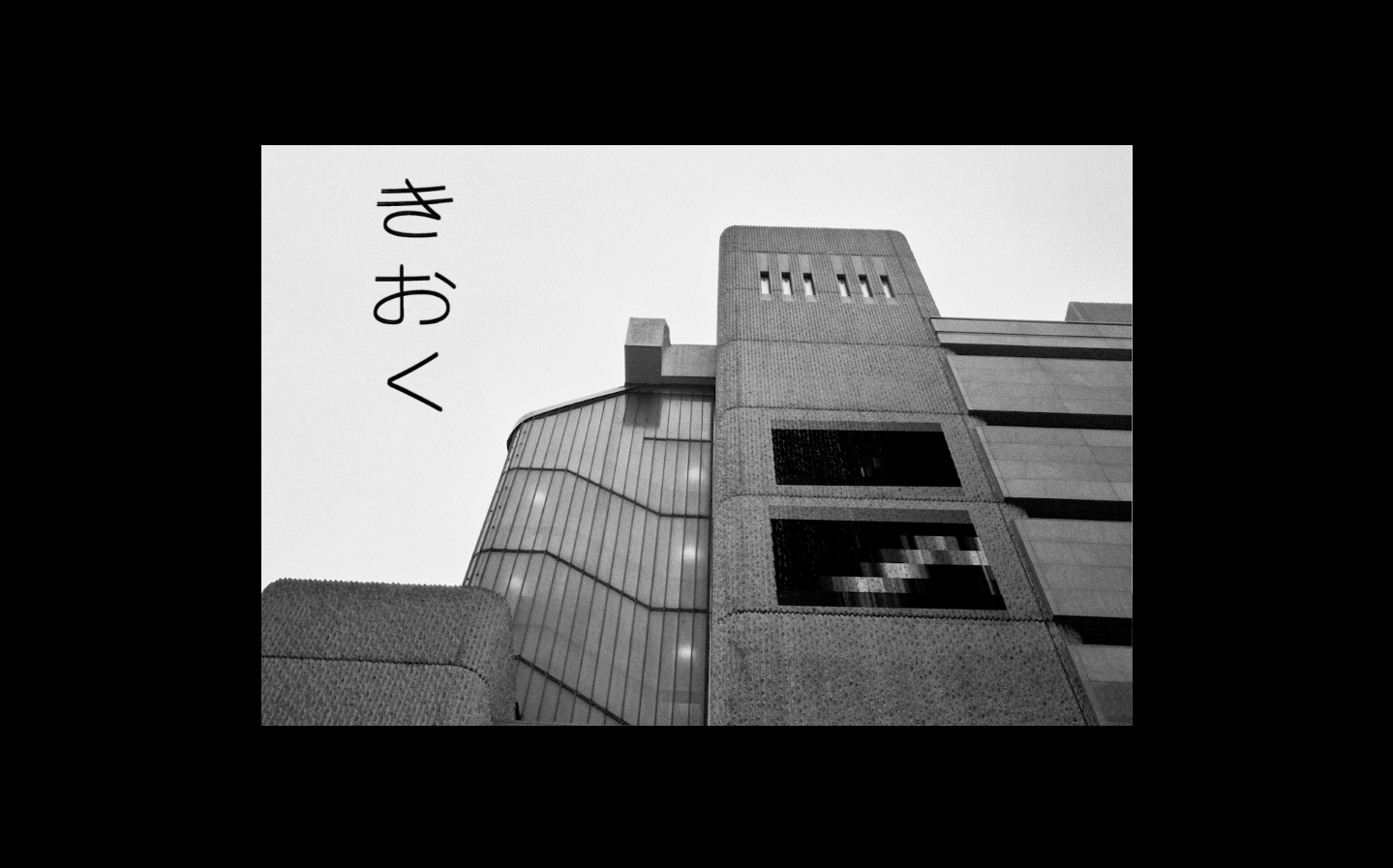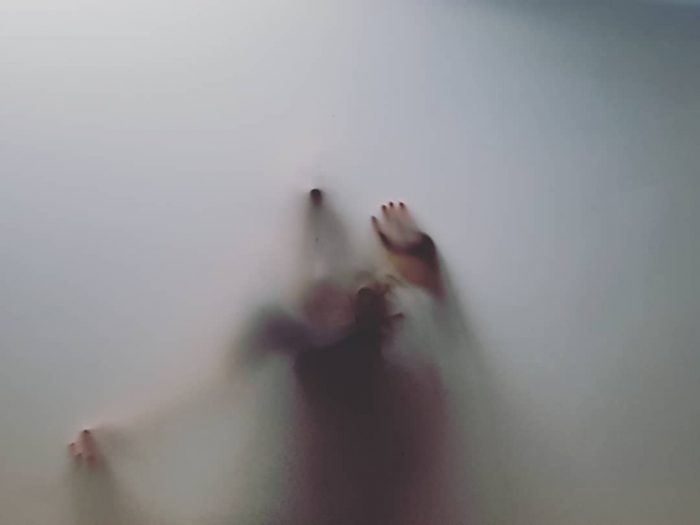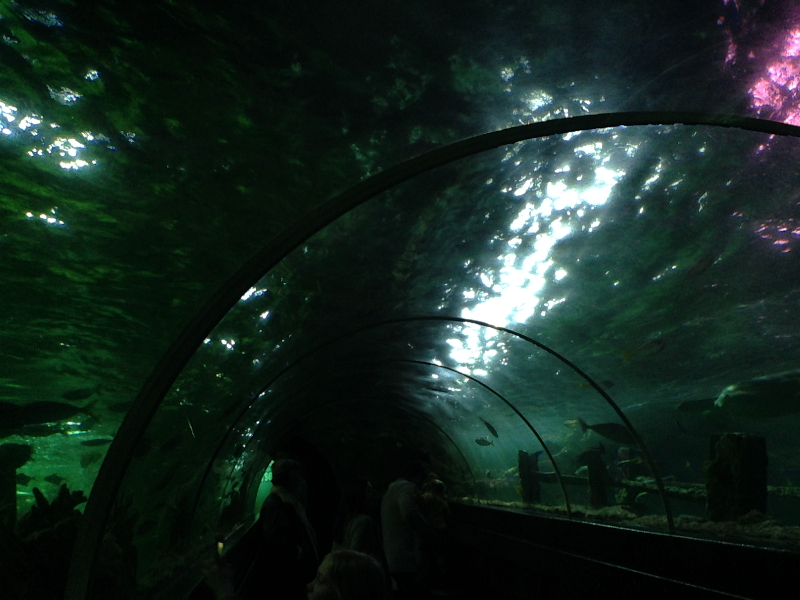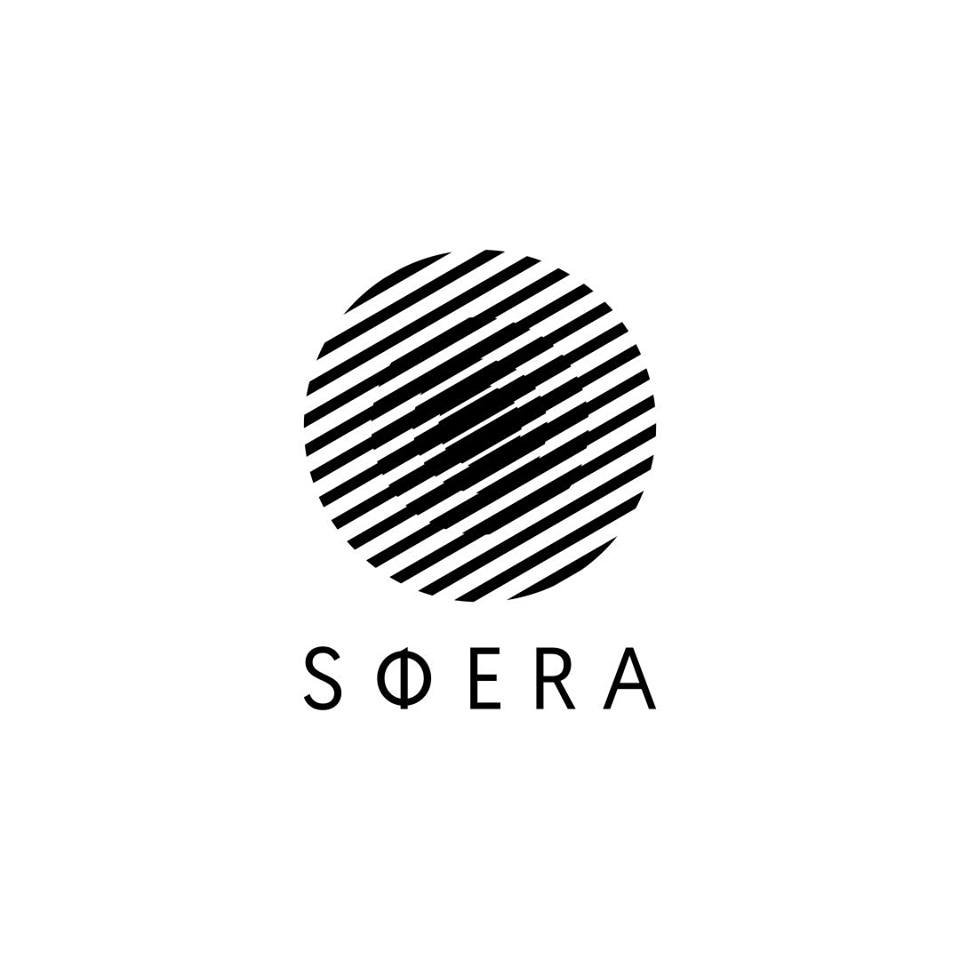All the pieces precented in the Pt1 and Pt 2 are placing sound in relation to enviroments and particular issues using other media and advanced technologies to challenge the audience. In this last part we would like to present works that continue experimenting with media and technologies but have a more firm focus on moving image or interactivity. Sound for moving image is one of the profile areas in our course. Many of our graduate students have produced outstanding work for film and moving image, crafting their skills on both sound and video editing, film scoring, foley or storyboarding and production and launching successful freelance careers in the sector. This year, we have some exceptional graduate pieces exploring the boundaries between sound, film, performance, and installation.
Aki Purser’s 記憶 (Memory) is an audio-visual piece that explores the fragmented structures of human memory. Developed around the poem 記憶 (Memory) by Tian Yuan and taking inspiration from Phillip Larkins’ An Arundel Tomb, the piece examines the expiration of memory and its inability to withstand interference. The 5 minute film consists of rapidly fluctuating rhythms, upon which runs a continuous stream of black and white imagery. The broken rhythms are used to portray the fractured nature of memory and this is emphasised through sequences of still photography that have been adapted for the moving image.

Jordan Lewis’ The Nova Gathering is a multi-media art piece exploring the use of media in our ‘post-truth’ society. Using the structure of a new religious movement, The Nova Gathering, this piece takes visual, audio and performance elements to play on the idea of what truth really is. The Nova Gathering is primarily a satirical take on the way “facts” can be presented today, where the focus is more on the production and entertainment values, rather that the validity of the content. These thoughts led Lewis to consider how well he could replicate this kind of process in the fabrication of a fake organisation and its credibility.
Bobbie Cook’s The Hard Shoulder is an animated short film pulling influences from the 70s-90s in both animation style, technique and sound design aiming to create something faithfully nostalgic but also current and fresh. The story is about a Bonnie and Clyde type of relationship between a widower and his daughter travelling to find a man he believes can return his wife to him. The pieces has an upbeat mood driven by a kind of psychedelic mix of funk, jazzy influences and more recent flavours of hip hop. The animation style is inspired by Late 80s-early 90s Anime with the illustration and design in the style of artists like Eizin Suzuki and Hiroshi Nagai
Alvaro Villar Castillo reverse engineers the film industry’s visual storyboards to propose a method of sonic storyboarding. SONORAMA is a project that involves the creation of a cinematic album, both orchestral and synthesised composition for imaginary film situations. The installation aims to represent possible cinematic situations as leitmotifs for certain characters, imaginary scenarios and atmospheres for a film. It is presented to the public as a surround 5.1 installation. Speakers surround the audience sitting down in an illuminated bench in a dark room. The installation’s sonic content was inspired and based on already existing comics and storyboards, as if they were the screenplay of a real film. Each individual composition represents different a cinematic genre (ex. Sci-fi, Horror, Action) and scene (ex. Chasing…) All sounds were recorded and created with synthesisers and/or samplers for this specific installation.
Oskar Jeff’s Reconstructing Tapes is an audio-visual installation comprising of four VCRs, four corresponding televisions and a pair of speakers. A composition built entirely from VHS samples is split into two and transfer back to VHS tape. The two tapes play simultaneously, performing the full composition. The side televisions play looping static, expanding the space and drawing the audience inward. The tapes are deconstructed, reconstructed and finally deconstructed again within the space. The work is a reflection on the history of sampling practice, and explores how samples can be disconnected from their sources and used as raw creative material.
The idea of listening as a participatory activity is central to all the pieces presented. The pieces presented above present experimental approaches into film sound where the viewer/listener plays an important role in completing the work. The last two pieces presented in this post are expanding further the idea of interactivity. Jack Lister’s Flood the Box is a generative instrument that explores the use of water as an input medium for generative music. Combining both acoustic sound objects and in-the-box virtual instruments, Flood the Box aims to free the computer musician from the shackles of working to the metric grid. The audience is transported in their mind to their favourite body of water; whether that’s an ocean, a harbour, a lake or a diddy pond with the aim to feel that same peaceful and tranquil feeling that being near a calm body of water can bring.
Edward Scott’s Lissajous Sounds is an interactive sound installation comprising of a pendulum hung from the ceiling which, when spinning, creates a diffusion of sound that mirrors the movement of the pendulum through speakers that are set up in a circle around it. The pattern-like movement of the pendulum- and all pendulums- are called ‘Lissajous curves’, named after Joules-Antoine Lissajous, the physicist who studied them in 1857. When the pendulum ultimately comes to a halt, the sound stops; this reflects the phenomenon of sound as a moving body in space, happening as a process in time.
PROGRAMME
Performance Studio:
Private view: 1st June
Aki Purser / Jeph Vanger (1800 changeover)
2nd – 3rd June:
Jeph Vanger // Sφera
4th June:
DMSA Day / Alvaro Villar-Castillo // SONORAMA
5th June:
Alvaro Villar-Castillo // SONORAMA
6th – 8th June:
JORDAN LEWIS // THE N0VA GATHERING
9th – 10th June
Aki Purser // 記憶 (MEMORY)
Sound Diffusion Lab:
1st – 3rd June:
Oli Johns // The Miraculous Land – Library
4th – 5th June:
Edward Scott // Lissajous Sounds
PJ Davy // Heads in The Cloud
6th June:
Liam Eshgi-Luck // The Cacophonic Hospital
7th – 8th June:
Edward Scott // Lissajous Sounds
8th – 10th June:
PJ Davy // Heads in The Cloud
Ongoing Installations
Room 229
Oskar Jeff // Reconstructing Tapes
Sophie Kiarie // Soul
Liam Eshgi-Luck // The Cacophonic Hospital
Michael McKeown // Aquarium Music
Bobbie Cook // Hard Shoulder
Room 228
Jasmyn Bloch // FEMPORIS
The Shower room
Ivan Arbiol Camps // The Return of the Unwanted
Sound Diffusion Lab Foyer
Jack Lister // Flood the Box











